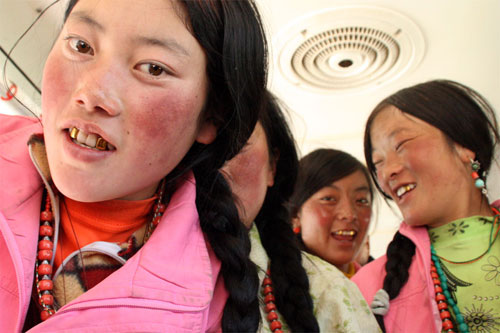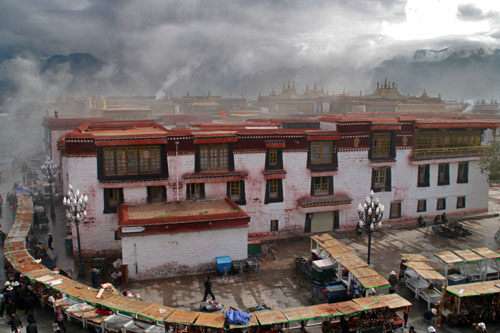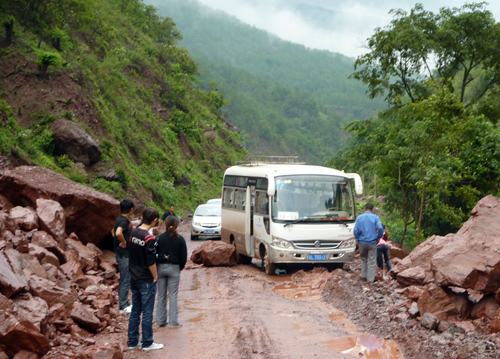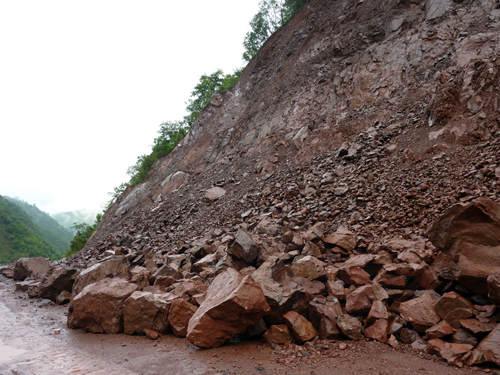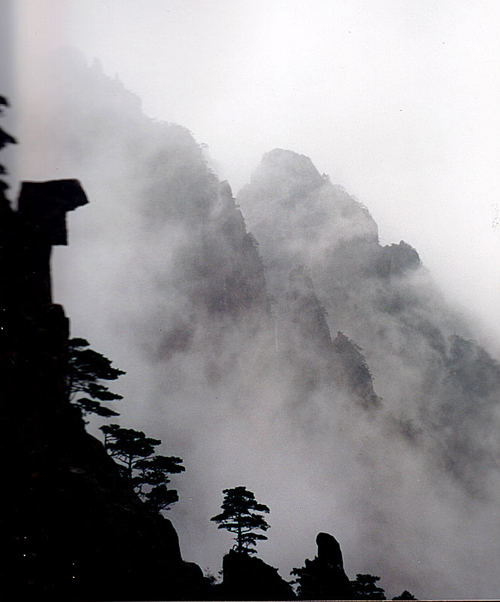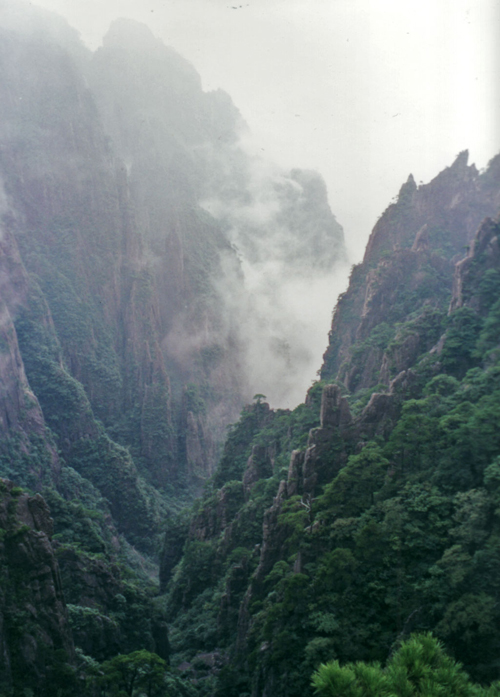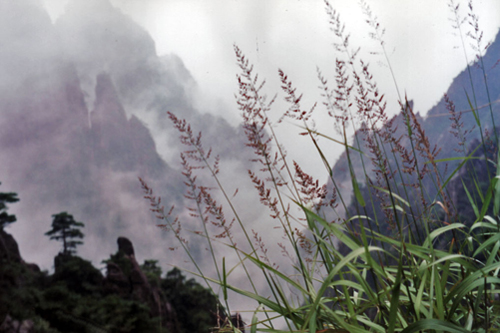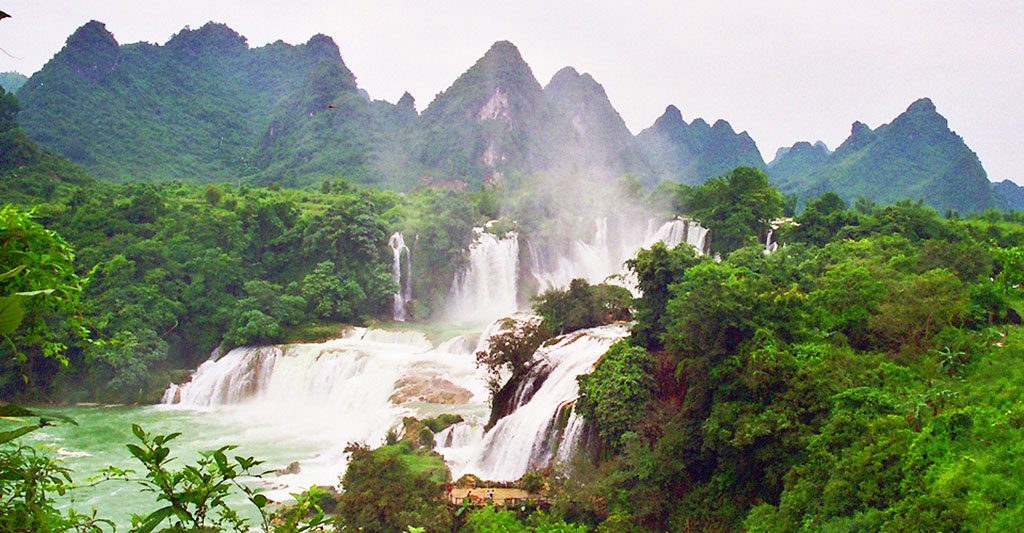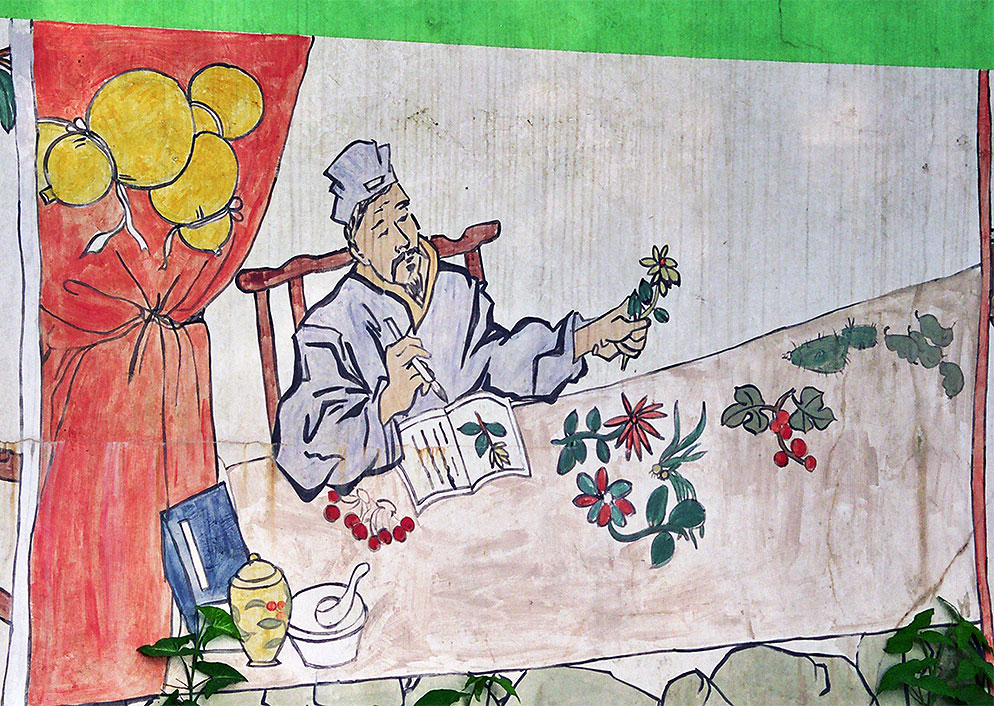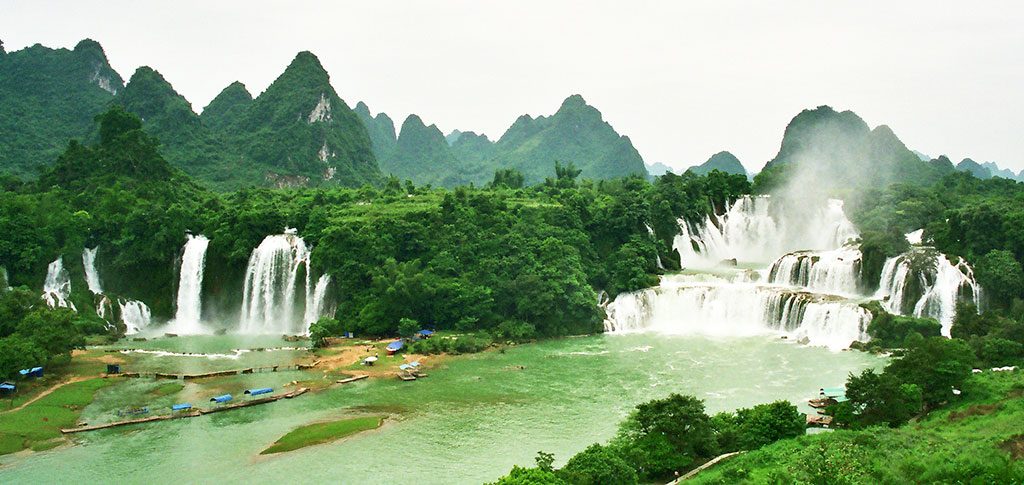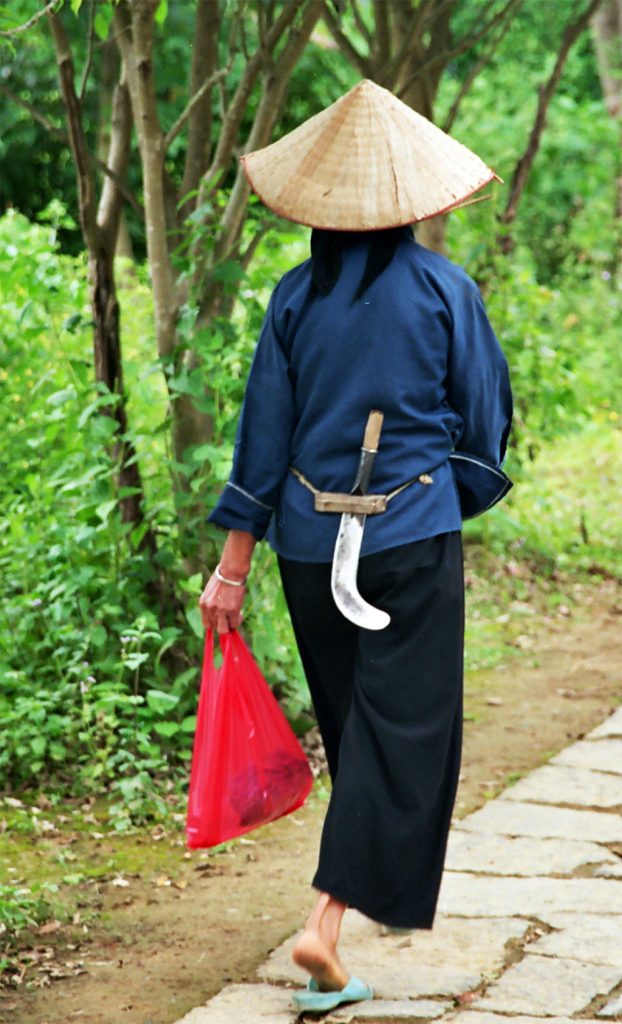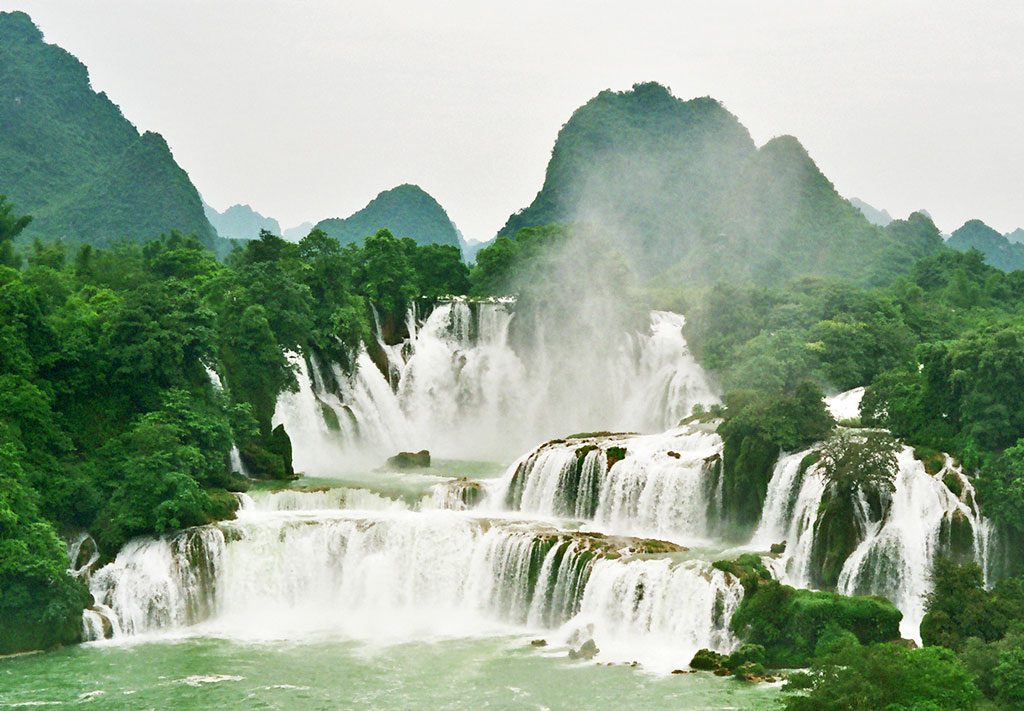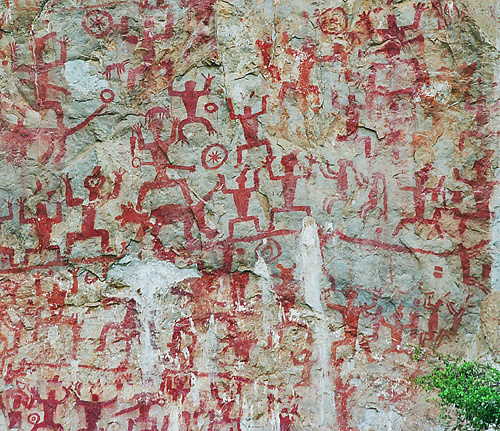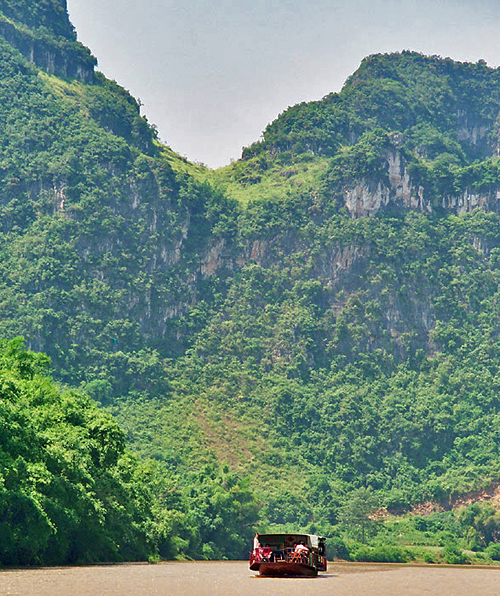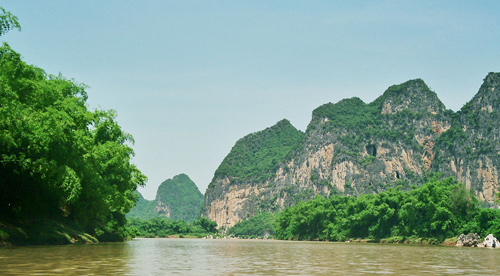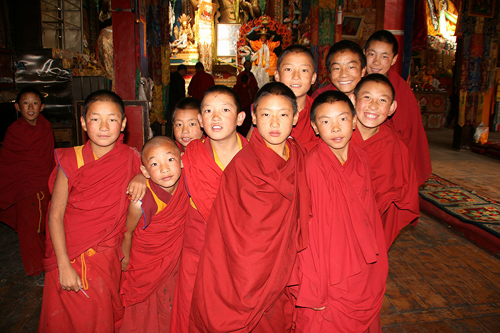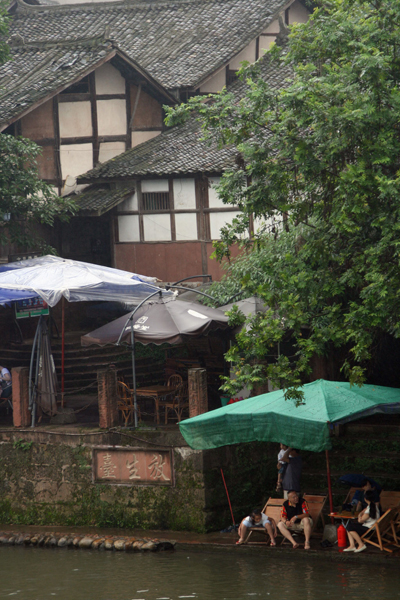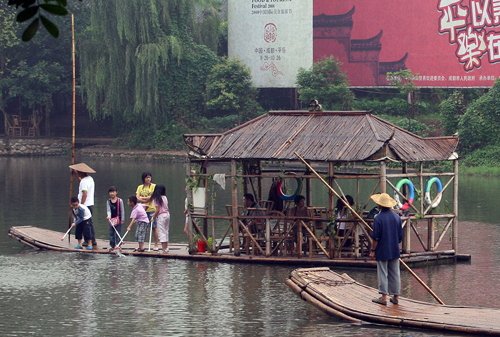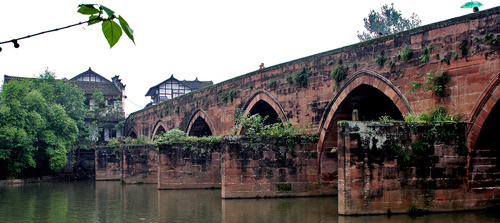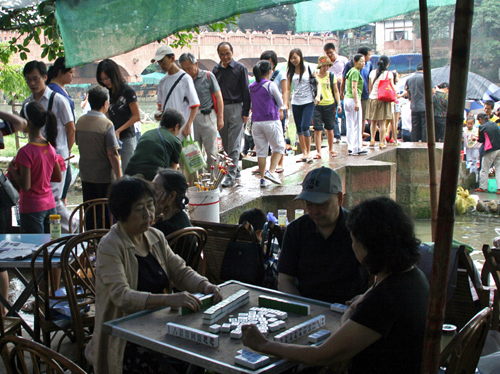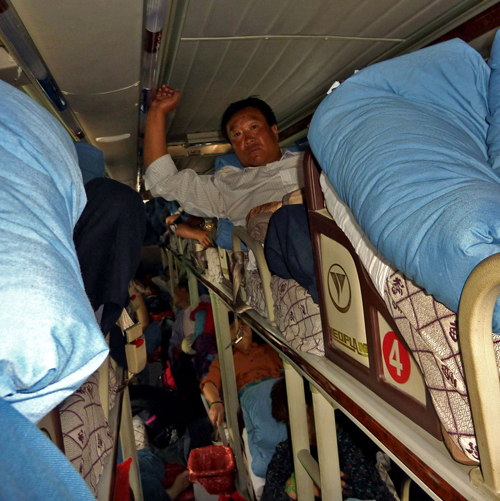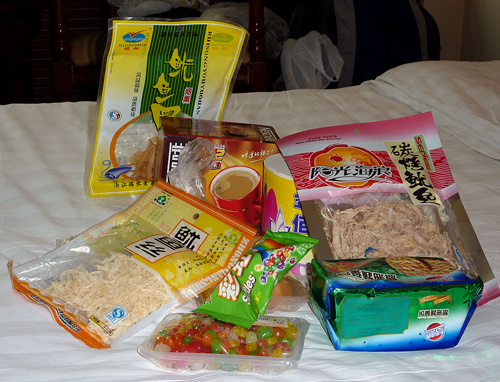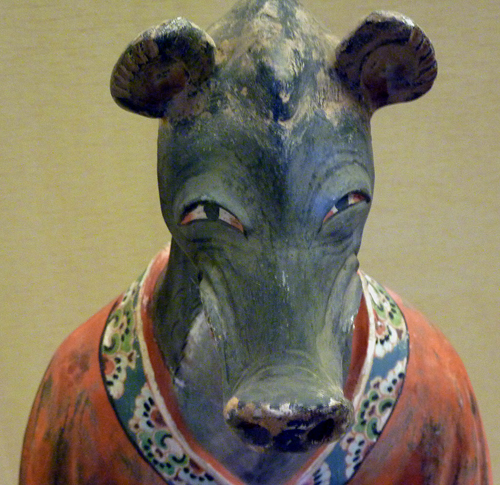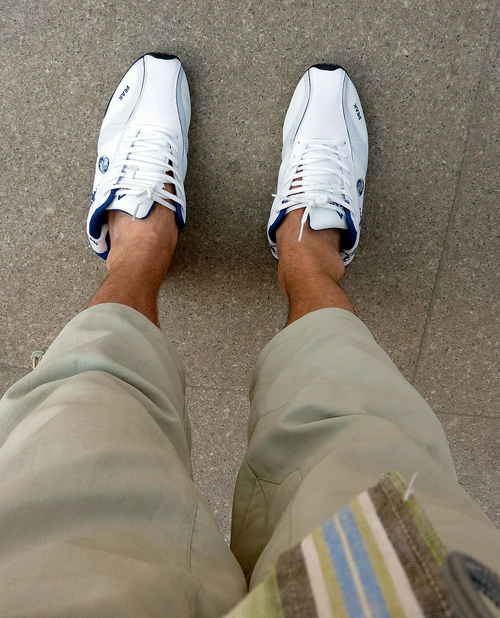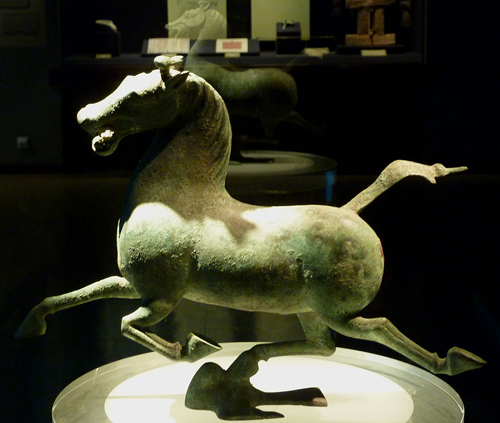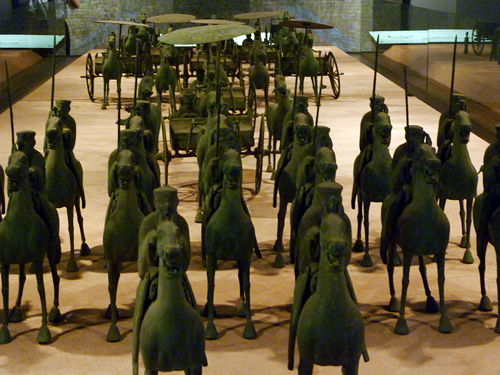From our Diary: September 2007
The Ganden Monastery Pilgrim Bus
The Ganden Monastery Pilgrim Bus: Even in 2007, when Tibet was somewhat more open than now to foreigners travelling without organized tours, it was still difficult to travel on public transport outside Lhasa. One exception was the The Ganden Monastery Pilgrim Bus. It left from the west side of Barkhor Square at 6.00 in the morning and returned in the early afternoon.
Our Driver Let’s us Down
The night before our excursion, the taxi driver had rung at 11.00 pm to say that he had been offered a more lucrative trip to the Everest Base Camp and the Nepalese Border and he wouldn’t be taking us to the Ganden Monastery in the morning as previously arranged. “It’s the pilgrim bus then.” Margie and I decided, and set our alarm for 5.00 am.
Going to Ganden
Approaching the bus in the pitch black we could make out the shape of a large group of people standing silently in front of its closed doors. The only other sign of life at this time in the morning were the mysterious, hazy figures of pilgrims on the Barkhor Circuit, mumbling prayers and twirling their prayer wheels, the personification of piety.
However, once we got to the bus which was about to open its door, all signs of piety and spirituality went out of the window and it was a clear case of every man for himself! Pandemonium reigned as the pilgrims wielded their hips and shoulders to get on and swept down like hawks on any available seat.
Continue reading “The Ganden Monastery Pilgrim Bus”

